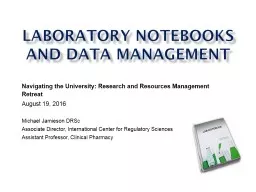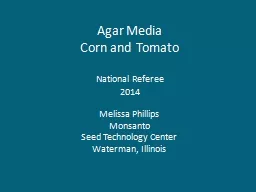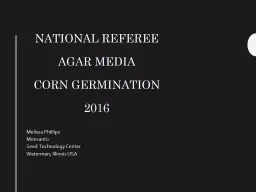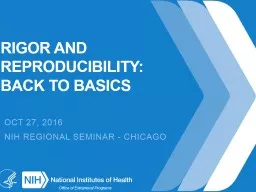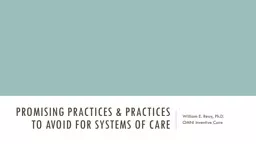PPT-Data reproducibility and good research practices
Author : kittie-lecroy | Published Date : 2018-11-02
Navigating the University Research and Resources Management Retreat August 19 2016 Michael Jamieson DRSc Associate Director International Center for Regulatory
Presentation Embed Code
Download Presentation
Download Presentation The PPT/PDF document "Data reproducibility and good research p..." is the property of its rightful owner. Permission is granted to download and print the materials on this website for personal, non-commercial use only, and to display it on your personal computer provided you do not modify the materials and that you retain all copyright notices contained in the materials. By downloading content from our website, you accept the terms of this agreement.
Data reproducibility and good research practices: Transcript
Download Rules Of Document
"Data reproducibility and good research practices"The content belongs to its owner. You may download and print it for personal use, without modification, and keep all copyright notices. By downloading, you agree to these terms.
Related Documents

